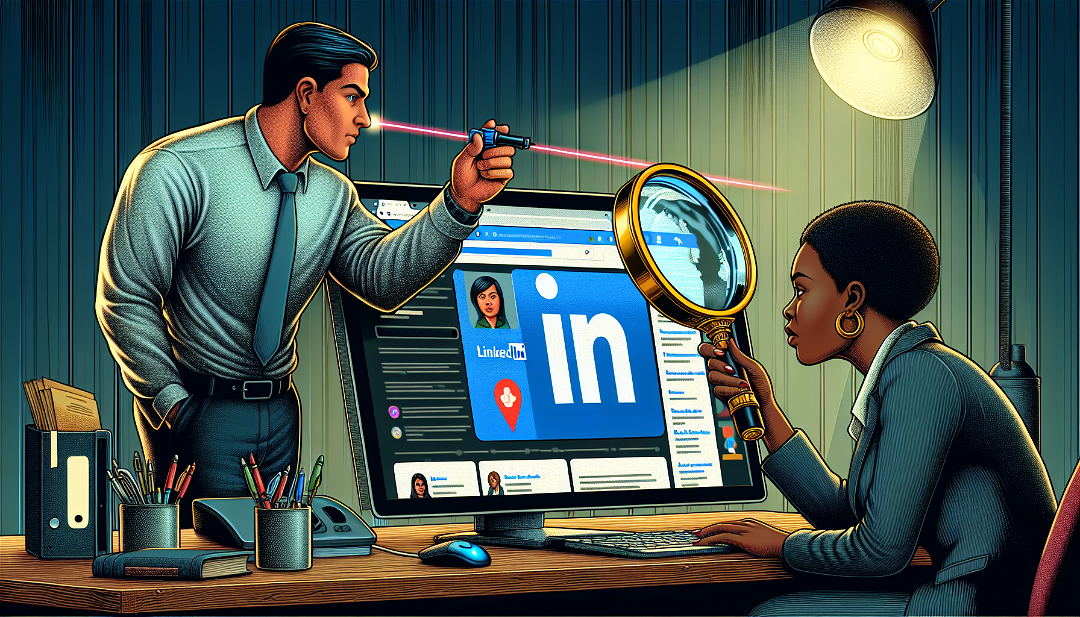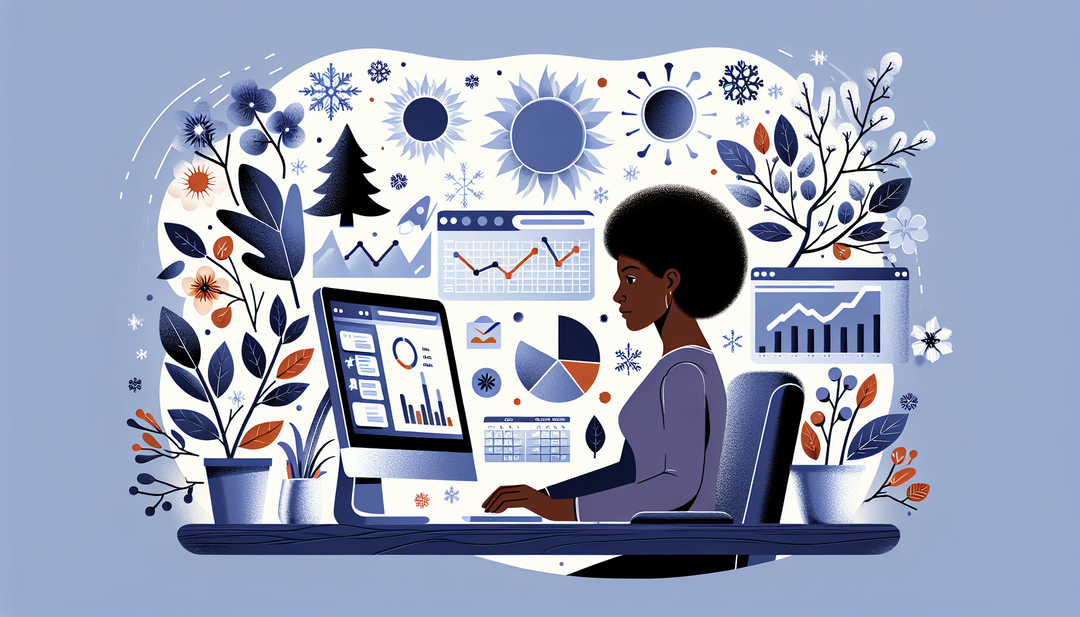
B2B marketers, here's the hard truth: Your ads aren't working. You're draining your budget. Without the right strategy, B2B customers are always going to be a challenge.
After countless consultations and campaigns, I've seen the good, the bad, and the downright ineffective. And right now, I want to share with you the strategy that works.
First off, let's get this straight: Target your ideal audience like a laser—everything depends on this. You'll want to look through your options and figure out which ad platforms have the right targeting options available to reach your ideal customers. Let's say you're looking at Meta, LinkedIn, and Google.
If you're after small businesses, Meta (Facebook/Instagram) could work even thought it's much more of a B2C platform. But it often has lower costs which balances less detailed targeting options. If you're after larger businesses and need to reach a specific ICP, then you'll need to go with a platform where you can target that exact ICP and there really aren't many options - your best bet is usually LinkedIn. Reach CEOs or junior devs, reach your exact decision makers at the exact ICPs you're after. Yes, LinkedIn is expensive. But it's much less expensive than wasting your budget showing yours ads to everyone but the people you need to reach.
See how this B2B software platform successfully generated leads through a LinkedIn ad campaign:
If your product or service is problem-focused, then you probably require people to have a problem before they would count as a qualified lead. That means your ad and copy need to be problem-solution focused. Call out the problem, then show how you are going to solve it.
But you also don't want to miss out on people that are already problem aware and are already searching for a solution. And that's where Google search ads are your best friend, capturing those hot leads - people with intent that need your solution right now. Get specific with your keywords; target high intent search terms where possible (though it often makes sense to test out keywords at earlier stages of the buyer journey as well, especially if your niche is competitive).
Frequency - how often people see your ads - is your friend. It's okay if your ads are seen more often as long as your targeting works and your ads get seen by the right people. It often takes multiple touches on multiple channels for someone to convert. Which is why you'll need to retarget, retarget, and retarget some more. Stay on top of your audience's mind until they are ready for your solution, until they have an urgent problem that needs to be solved. That's when your ads need to pop up again.
Now, because people will see your ads often, you'll need to have an expert craft persuasive and professional ad content. Your ad copy isn’t just words—it's your first sales pitch. Focus on the benefits (not the features, nobody cares about the features but only about how the features will benefit them), stir that curiosity, and make them yearn to click 'Book a Demo.' The results? They'll take action, eventually.
See how Lukas used B2B leads for high-ticket industrial products in this case study:
Get those contact details ASAP. Have a robust email follow-up sequence ready, and don't forget a scheduling widget for those ready to jump on a call.
And testing, folks. Test audiences, creatives, lead formats against website campaigns— there are lots of insights to be gained.
You're not in this alone. If your B2B ad strategy isn’t doing these things, it’s time for a change. Let's chat on a free consultation: holschuh.co.uk




